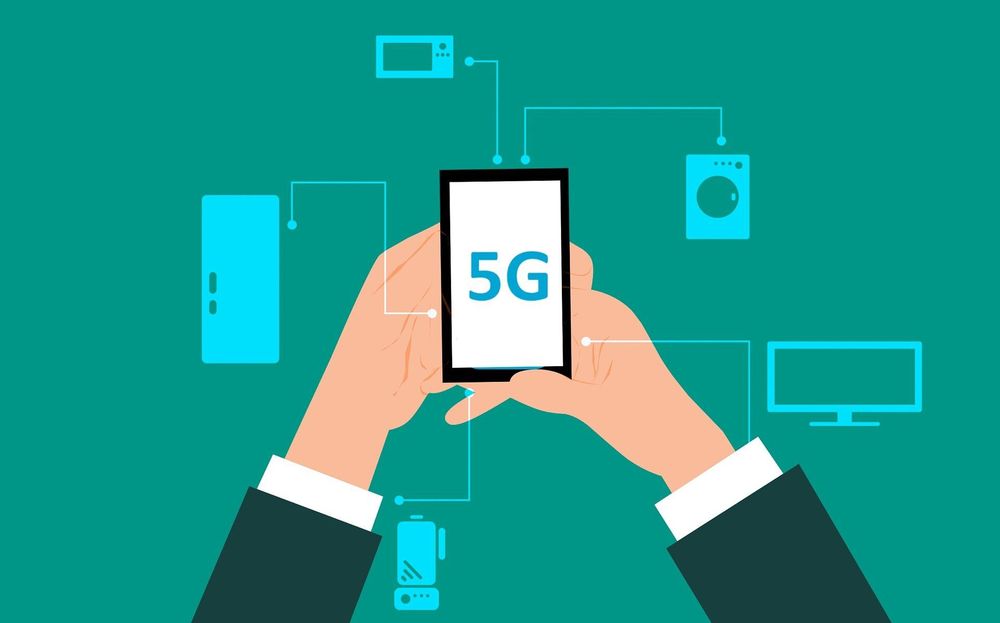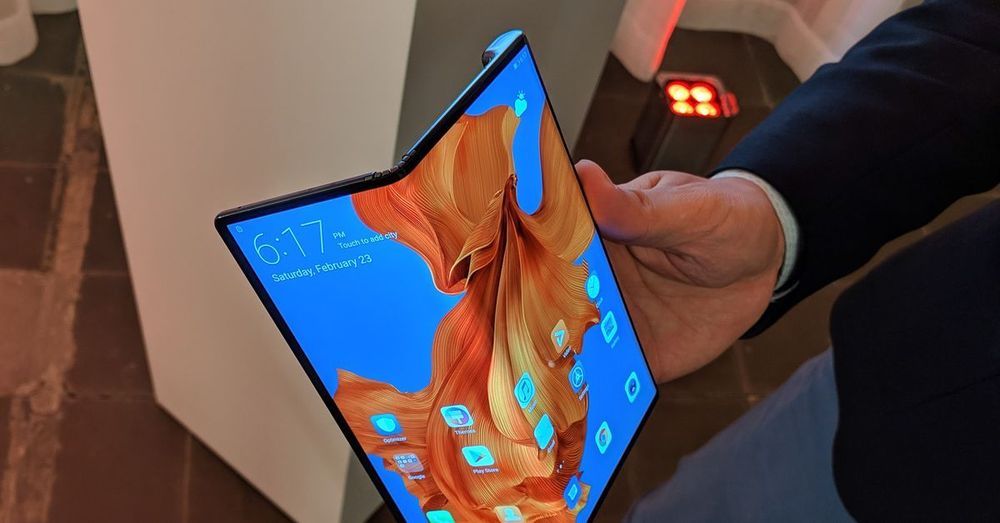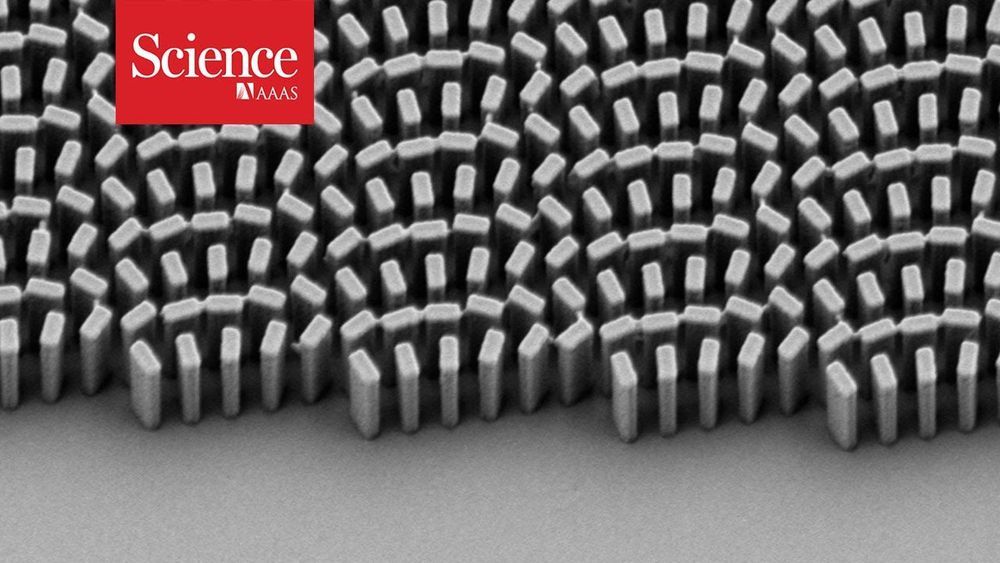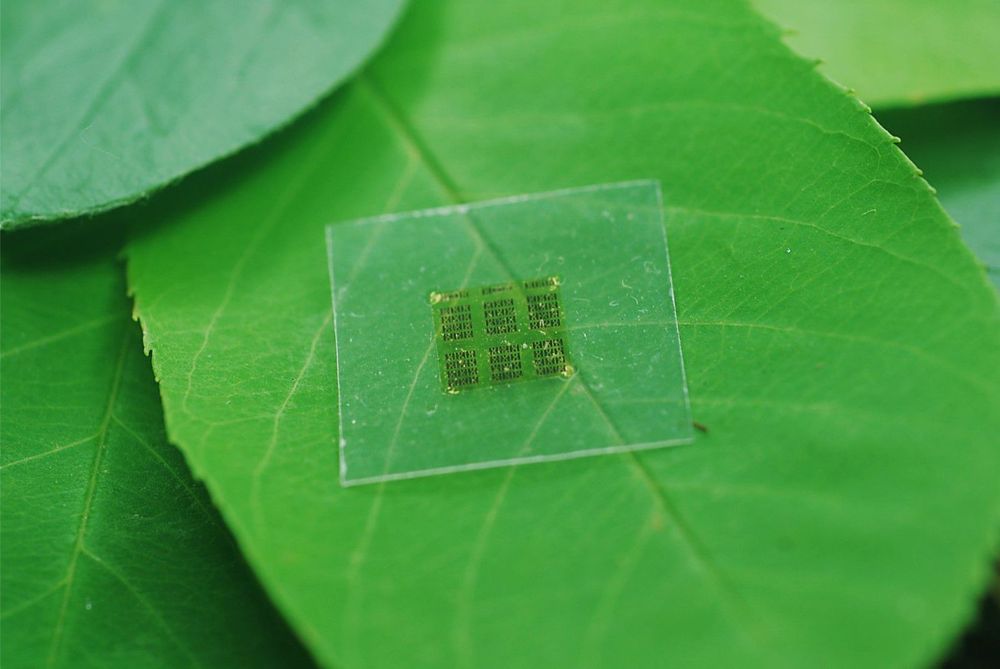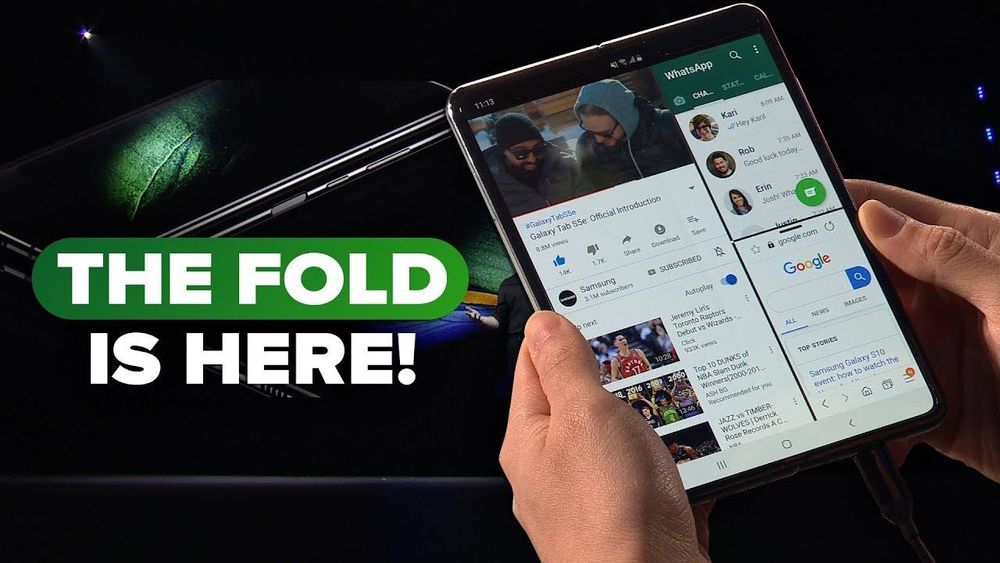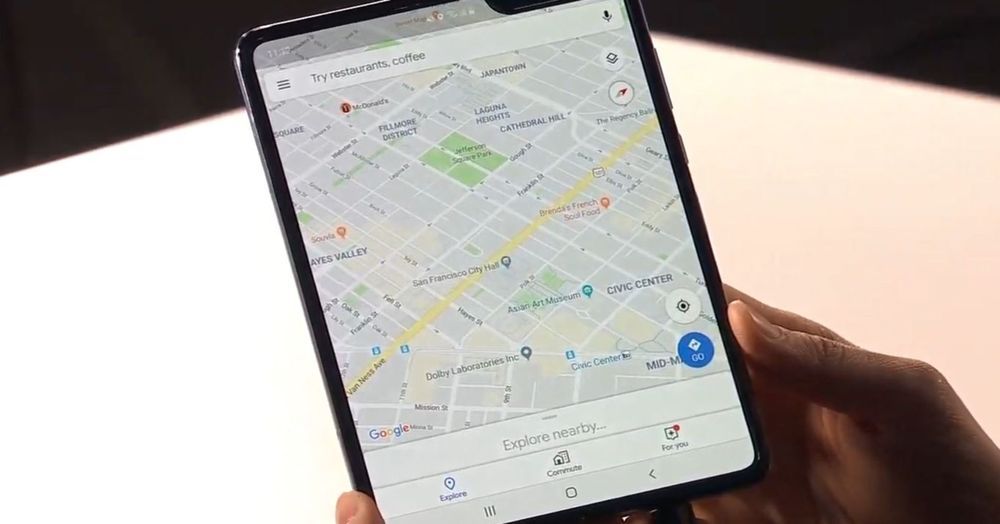Mar 2, 2019
5G can make digital humans look real and turn real people into holograms
Posted by Quinn Sena in categories: business, holograms, internet, mobile phones
Holograms. Emotive, life-like digital human beings. Washing machine repairs directed from miles away.
The rollout of 5G wireless networks that will continue throughout 2019 and beyond promises a slew of new smartphones that will hum along much faster than the models they’ll eventually replace. But while zippier handsets compatible with the next generation of wireless are surely welcome, 5G’s potential extends beyond them.
Verizon, and some of the entrepreneurial startups it is working with, recently demonstrated a few of the fresh consumer and business experiences made possible or enhanced by 5G, at its 5G Lab in New York City, one of five such labs around the country.
